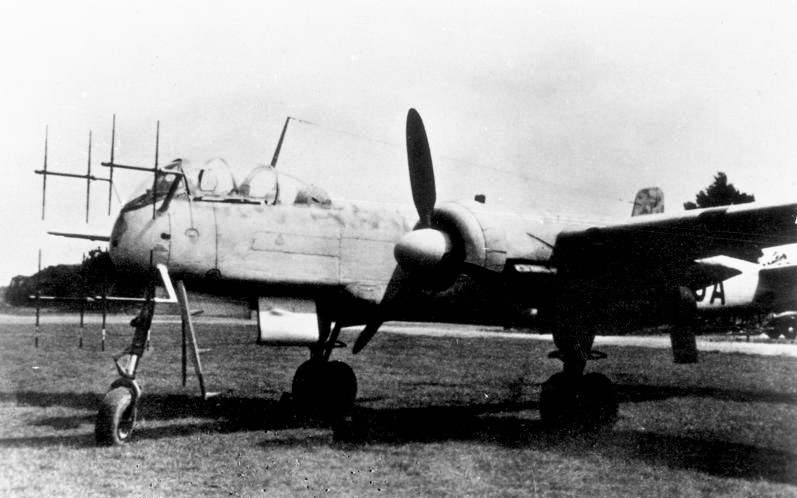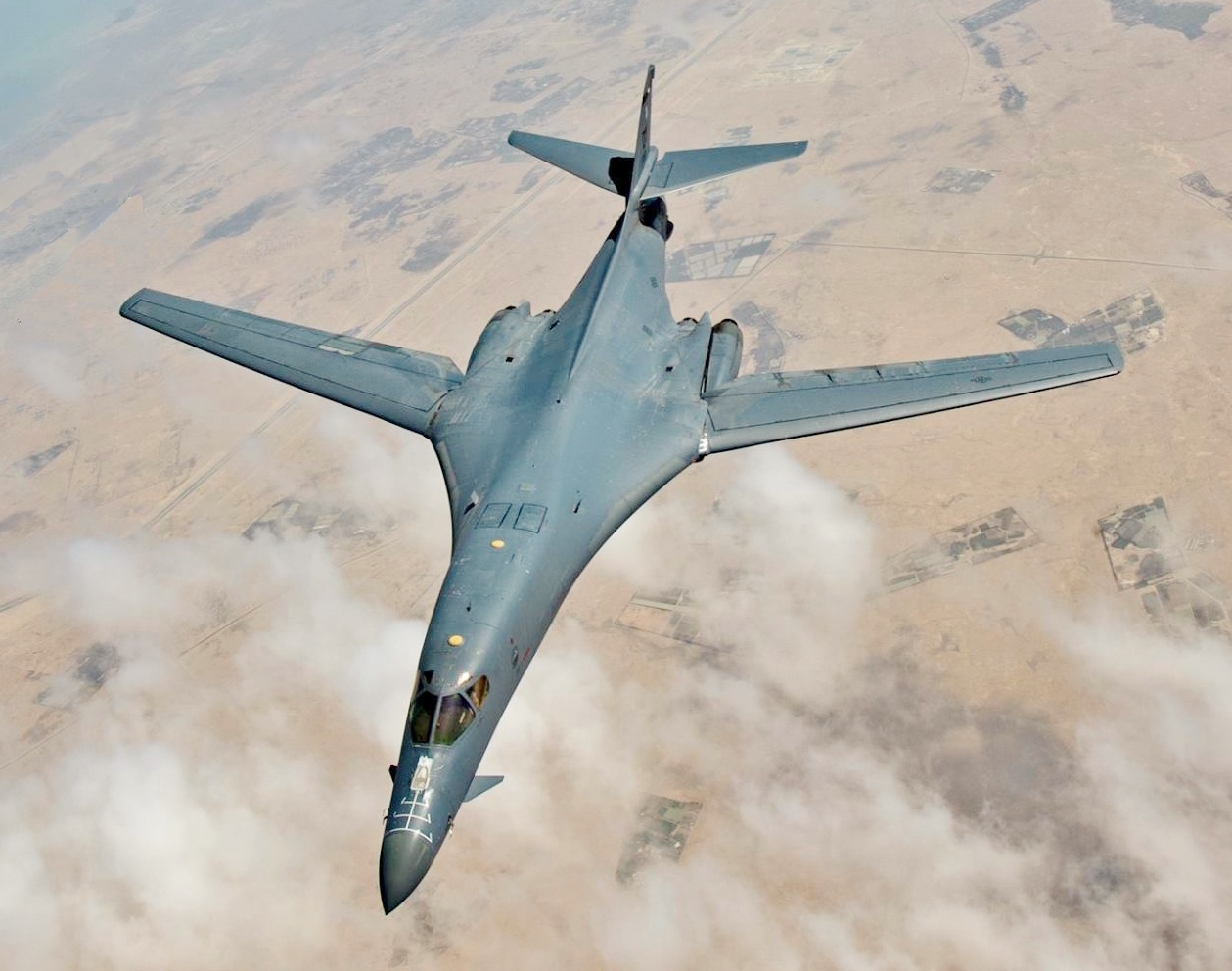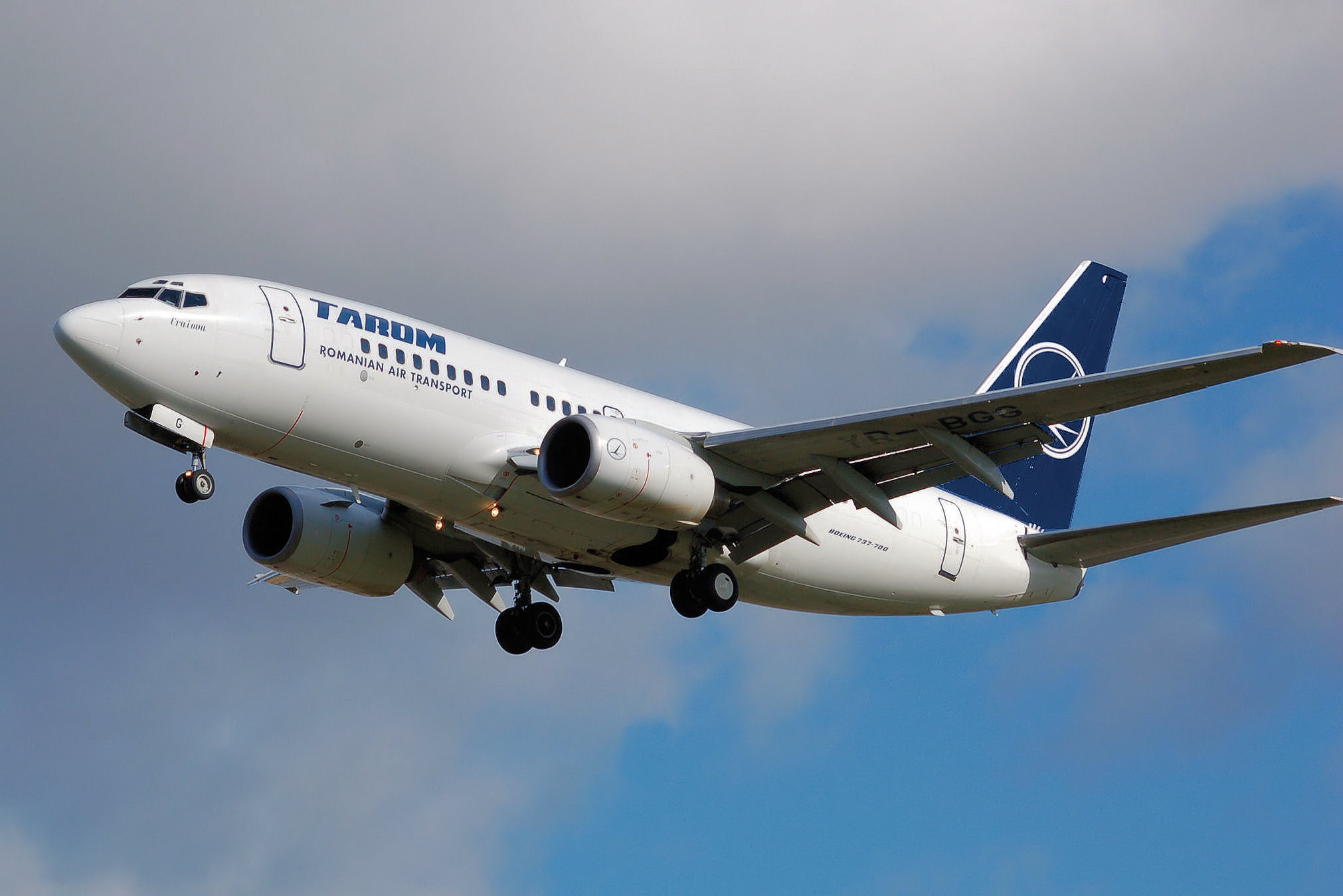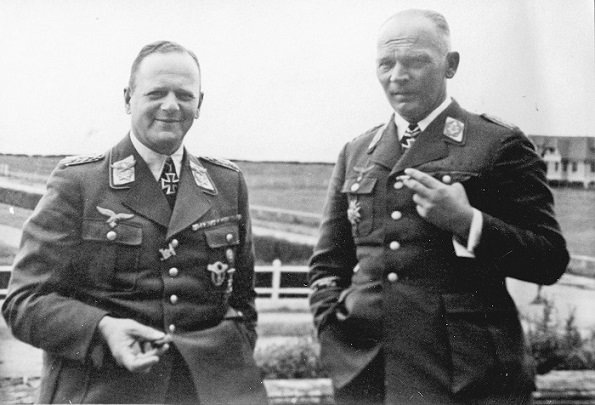|
He 219
The Heinkel He 219 ''Uhu'' (" Eagle-Owl") is a night fighter that served with the German Luftwaffe in the later stages of World War II. A relatively sophisticated design, the He 219 possessed a variety of innovations, including Lichtenstein SN-2 advanced VHF-band intercept radar, also used on the Ju 88G and Bf 110G night fighters. It was also the first operational military aircraft to be equipped with ejection seats and the first operational German World War II-era aircraft with tricycle landing gear. Had the ''Uhu'' been available in quantity, it might have had a significant effect on the strategic night bombing offensive of the Royal Air Force; however, only 294 of all models were built by the end of the war and these saw only limited service.Boyne 1997, p. 330. Ernst-Wilhelm Modrow was the leading night fighter ace on the He 219. Modrow was credited with 33 of his 34 night air victories on the type. Design and development Development and production of the He 219 was protra ... [...More Info...] [...Related Items...] OR: [Wikipedia] [Google] [Baidu] |
WikiProject Aircraft
A WikiProject, or Wikiproject, is a Wikimedia movement affinity group for contributors with shared goals. WikiProjects are prevalent within the largest wiki, Wikipedia, and exist to varying degrees within Wikimedia project, sister projects such as Wiktionary, Wikiquote, Wikidata, and Wikisource. They also exist in different languages, and translation of articles is a form of their collaboration. During the COVID-19 pandemic, CBS News noted the role of Wikipedia's WikiProject Medicine in maintaining the accuracy of articles related to the disease. Another WikiProject that has drawn attention is WikiProject Women Scientists, which was profiled by ''Smithsonian Magazine, Smithsonian'' for its efforts to improve coverage of women scientists which the profile noted had "helped increase the number of female scientists on Wikipedia from around 1,600 to over 5,000". On Wikipedia Some Wikipedia WikiProjects are substantial enough to engage in cooperative activities with outside organization ... [...More Info...] [...Related Items...] OR: [Wikipedia] [Google] [Baidu] |
Strategic Bomber
A strategic bomber is a medium- to long-range Penetrator (aircraft), penetration bomber aircraft designed to drop large amounts of air-to-ground weaponry onto a distant target for the purposes of debilitating the enemy's capacity to wage war. Unlike tactical bombing, tactical bombers, Penetrator (aircraft), penetrators, fighter-bombers, and attack aircraft, which are used in air interdiction operations to attack enemy combatants and military equipment, strategic bombers are designed to fly into enemy territory to destroy strategic targets (e.g., infrastructure, logistics, Military base, military installations, factories, etc.). In addition to strategic bombing, strategic bombers can be used for tactical bombing, tactical missions. There are currently only three countries that operate strategic bombers: the United States, Russia and China. The modern strategic bomber role appeared after Strategic bombing during World War II, strategic bombing was widely employed, and Atomic bombing ... [...More Info...] [...Related Items...] OR: [Wikipedia] [Google] [Baidu] |
Cockpit
A cockpit or flight deck is the area, usually near the front of an aircraft or spacecraft, from which a pilot controls the aircraft. The cockpit of an aircraft contains flight instruments on an instrument panel, and the controls that enable the pilot to fly the aircraft. In most airliners, a door separates the cockpit from the aircraft cabin. After the September 11, 2001 attacks, all major airlines fortified their cockpits against access by hijackers. Etymology The word cockpit seems to have been used as a nautical term in the 17th century, without reference to cock fighting. It referred to an area in the rear of a ship where the cockswain's station was located, the cockswain being the pilot of a smaller "boat" that could be dispatched from the ship to board another ship or to bring people ashore. The word "cockswain" in turn derives from the old English terms for "boat-servant" (''coque'' is the French word for "shell"; and ''swain'' was old English for boy or se ... [...More Info...] [...Related Items...] OR: [Wikipedia] [Google] [Baidu] |
Cabin Pressurization
Cabin pressurization is a process in which conditioned air is pumped into the cabin of an aircraft or spacecraft in order to create a safe and comfortable environment for passengers and crew flying at high altitudes. For aircraft, this air is usually bled off from the gas turbine engines at the compressor stage, and for spacecraft, it is carried in high-pressure, often cryogenic, tanks. The air is cooled, humidified, and mixed with recirculated air if necessary before it is distributed to the cabin by one or more environmental control systems. The cabin pressure is regulated by the outflow valve. While the first experimental pressurization systems saw use during the 1920s and 1930s, it was not until 1940 that a commercial aircraft would enter service with a pressurized cabin, when the Boeing 307 Stratoliner joined the Transcontinental & Western Air and Pan American Airways fleets. The practice would become widespread a decade later, particularly with the introduction of the ... [...More Info...] [...Related Items...] OR: [Wikipedia] [Google] [Baidu] |
Bomber
A bomber is a military combat aircraft designed to attack ground and naval targets by dropping air-to-ground weaponry (such as bombs), launching torpedoes, or deploying air-launched cruise missiles. The first use of bombs dropped from an aircraft occurred in the Italo-Turkish War, with the first major deployments coming in the First World War and Second World War by all major airforces causing devastating damage to cities, towns, and rural areas. The first purpose built bombers were the Italian Caproni Ca 30 and British Bristol T.B.8, both of 1913. Some bombers were decorated with nose art or victory markings. There are two major classifications of bomber: strategic and tactical. Strategic bombing is done by heavy bombers primarily designed for long-range bombing missions against strategic targets to diminish the enemy's ability to wage war by limiting access to resources through crippling infrastructure or reducing industrial output. Tactical bombing is aimed at coun ... [...More Info...] [...Related Items...] OR: [Wikipedia] [Google] [Baidu] |
Messerschmitt
Messerschmitt AG () was a German share-ownership limited, aircraft manufacturing corporation named after its chief designer Willy Messerschmitt from mid-July 1938 onwards, and known primarily for its World War II fighter aircraft, in particular the Bf 109 and Me 262. The company survived in the post-war era, undergoing a number of mergers and changing its name from Messerschmitt to Messerschmitt-Bölkow-Blohm before being bought by Deutsche Aerospace (DASA, now part of Airbus) in 1989. History Background In February 1916, the south German engineering company MAN AG and several banks purchased the unprofitable aircraft builder Otto-Flugzeugwerke, starting a new company, ''Bayerische Flugzeugwerke AG'' (abbreviated ''B.F.W.''). The articles of association were drawn up on 19 and 20 February, and completed on 2 March 1916. Details of the company were recorded in the Commercial Register with an equity capital of RM 1,000,000 on 7 March 1916. 36% of the capital was provi ... [...More Info...] [...Related Items...] OR: [Wikipedia] [Google] [Baidu] |
Robert Lusser
Robert Lusser (19 April 1899 – 19 January 1969) was a German engineer, aircraft designer and aviator. He is remembered both for several well-known Messerschmitt and Heinkel designs during World War II, and after the war for his theoretical study of the reliability of complex systems. In the post-war era, Lusser also pioneered the development of modern ski bindings, introducing the first teflon anti-friction pads to improve release. Biography Lusser was born in Ulm. As a pilot, he won the International Light Aircraft Contest in France in 1928. Next he participated in three out of four FAI International Tourist Plane Contests, flying Klemm aircraft, and completed all three taking quite high places ( Challenge 1929: 4th, Challenge 1930: 13th, and Challenge 1932: 10th). In August 1930 he was 3rd in the handicapped race ''Giro Aereo d'Italia'' in Italy. Lusser's first jobs were with the Klemm and Heinkel companies, before joining the newly relaunched ''Bayerische Flugzeugwerke'' (B ... [...More Info...] [...Related Items...] OR: [Wikipedia] [Google] [Baidu] |
Aerospace Engineering
Aerospace engineering is the primary field of engineering concerned with the development of aircraft and spacecraft. It has two major and overlapping branches: aeronautical engineering and astronautical engineering. Avionics engineering is similar, but deals with the electronics side of aerospace engineering. "Aeronautical engineering" was the original term for the field. As flight technology advanced to include vehicles operating in outer space, the broader term "aerospace engineering" has come into use. Aerospace engineering, particularly the astronautics branch, is often colloquially referred to as "rocket science". Overview Flight vehicles are subjected to demanding conditions such as those caused by changes in atmospheric pressure and temperature, with structural loads applied upon vehicle components. Consequently, they are usually the products of various technological and engineering disciplines including aerodynamics, Air propulsion, avionics, materials science, ... [...More Info...] [...Related Items...] OR: [Wikipedia] [Google] [Baidu] |
Fixed-wing Aircraft
A fixed-wing aircraft is a heavier-than-air flying machine, such as an airplane, which is capable of flight using wings that generate lift caused by the aircraft's forward airspeed and the shape of the wings. Fixed-wing aircraft are distinct from rotary-wing aircraft (in which the wings form a rotor mounted on a spinning shaft or "mast"), and ornithopters (in which the wings flap in a manner similar to that of a bird). The wings of a fixed-wing aircraft are not necessarily rigid; kites, hang gliders, variable-sweep wing aircraft and airplanes that use wing morphing are all examples of fixed-wing aircraft. Gliding fixed-wing aircraft, including free-flying gliders of various kinds and tethered kites, can use moving air to gain altitude. Powered fixed-wing aircraft (airplanes) that gain forward thrust from an engine include powered paragliders, powered hang gliders and some ground effect vehicles. Most fixed-wing aircraft are flown by a pilot on board the craf ... [...More Info...] [...Related Items...] OR: [Wikipedia] [Google] [Baidu] |
Ministry Of Aviation (Germany)
The Ministry of Aviation (german: Reichsluftfahrtministerium, abbreviated RLM) was a government department during the period of Nazi Germany (1933–45). It is also the original name of the Detlev-Rohwedder-Haus building on the Wilhelmstrasse in central Berlin, Germany, which today houses the German Finance Ministry (german: Bundesministerium der Finanzen). The Ministry was in charge of development and production of all aircraft developed, designed and built in Germany during the existence of the Third Reich, overseeing all matters concerning both military and civilian designs – it handled military aviation matters as its top priority, particularly for the Luftwaffe. As was characteristic of government departments in the Nazi era, the Ministry was personality-driven and formal procedures were often ignored in favour of the whims of the Minister, ''Reichsmarschall'' Hermann Göring. As a result, early successes in aircraft development progressed only slowly and erratically ... [...More Info...] [...Related Items...] OR: [Wikipedia] [Google] [Baidu] |
Erhard Milch
Erhard Milch (30 March 1892 – 25 January 1972) was a German general field marshal ('' Generalfeldmarschall'') of Jewish heritage who oversaw the development of the German air force (''Luftwaffe'') as part of the re-armament of Nazi Germany following World War I. He was State Secretary in the Reich Ministry of Aviation and Inspector General of the Air force. During most of World War II, he was in charge of all aircraft production and supply. He was convicted of war crimes and crimes against humanity during the Milch Trial, which was held before a U.S. military court in 1947, and sentenced to life imprisonment. However, Milch's sentence was commuted to 15 years in 1951. He was paroled in 1954, and died in 1972. Descendance and Jewish heritage Milch was born in Wilhelmshaven, the son of Anton Milch, a Jewish pharmacist who served in the Imperial German Navy, and Clara, née Vetter. The Gestapo would later investigate Milch due to his Jewish heritage. Under the Nuremberg Laws, ... [...More Info...] [...Related Items...] OR: [Wikipedia] [Google] [Baidu] |
Ernst Heinkel
Dr. Ernst Heinkel (24 January 1888 – 30 January 1958) was a German aircraft designer, manufacturer, '' Wehrwirtschaftsführer'' in Nazi Germany, and member of the Nazi party. His company Heinkel Flugzeugwerke produced the Heinkel He 178, the world's first turbojet-powered aircraft, and the Heinkel He 176, the first rocket aircraft. Early life Heinkel was born in Grunbach, today a part of Remshalden. As a young man he became an apprentice machinist at a foundry. Heinkel studied at the Technical Academy of Stuttgart,"Who's who in Nazi Germany" Robert S. Wistrich. Routledge, 2001. , . Retrieved March 16, 2010. where he initially became interested in aviation through a fascination with |




.jpg)




